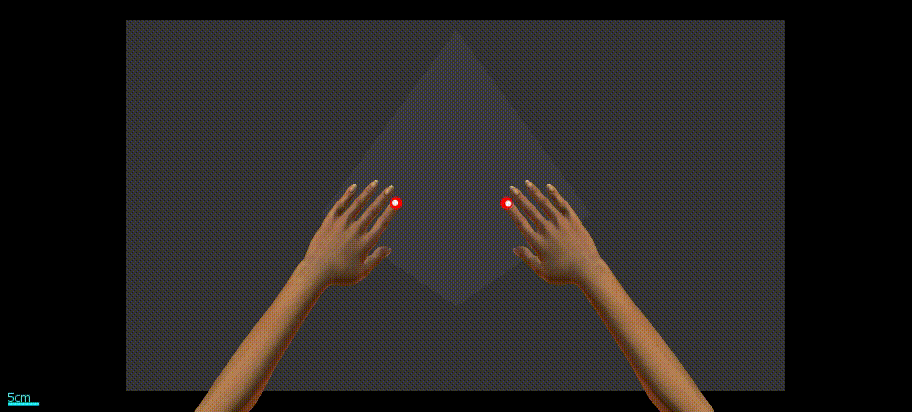
The majority of everyday tasks require the coordinated use of both arms (bilateral coordination), however, therapeutic approaches focus primarily on the more affected arm. Bilateral coordination is a missing element of rehabilitation in both stroke and hemiparetic cerebral palsy, likely due to the impairments being poorly understood. Bilateral coordination covers a wide range of tasks, such as reaching for two separate objects, or using both arms cooperatively to carry a tray or open a jar. Since individuals may have impairments in specific aspects of bilateral coordination rather than across all bilateral actions, it is imperative that we systematically assess bilateral coordination across different types of tasks. As no comprehensive assessments of bilateral coordination currently exist, we are developing robotic tasks that will measure performance across different types of bilateral tasks in order to identify specific profiles of impairments. These performance profiles will allow us to provide targeted recommendations for personalized interventions. We are also linking impairments to neuroimaging findings.
Funding: University of Minnesota Grant-in-Aid
Want to volunteer for this project? Visit our Volunteer for a Study page to learn how you can contribute research data!
Want to join our team? Visit our Prospective Lab Members page to learn how you can be a part of the NeuRAL lab!